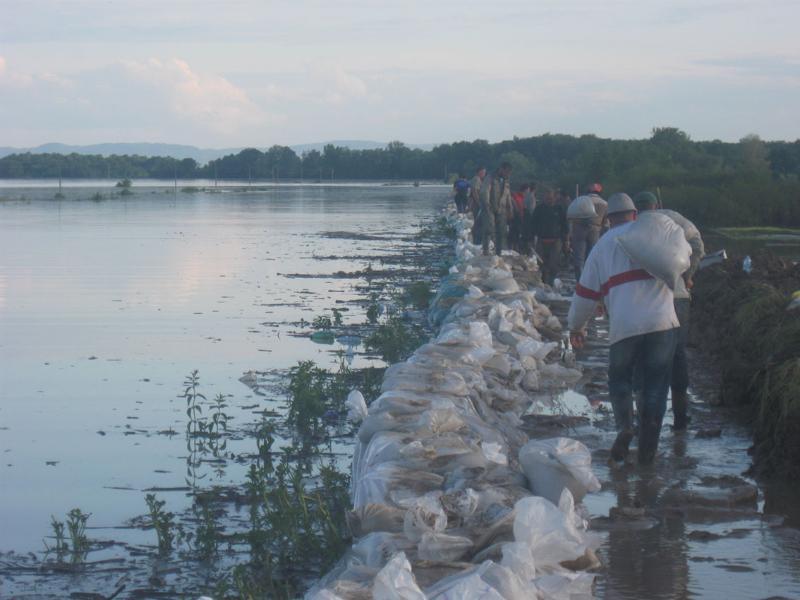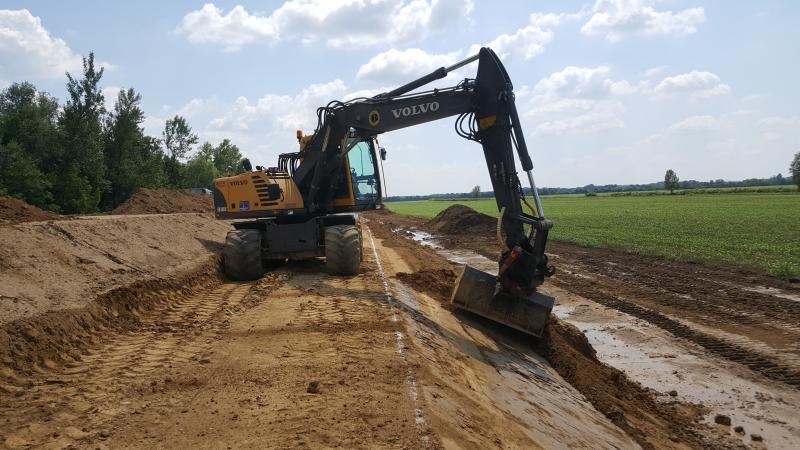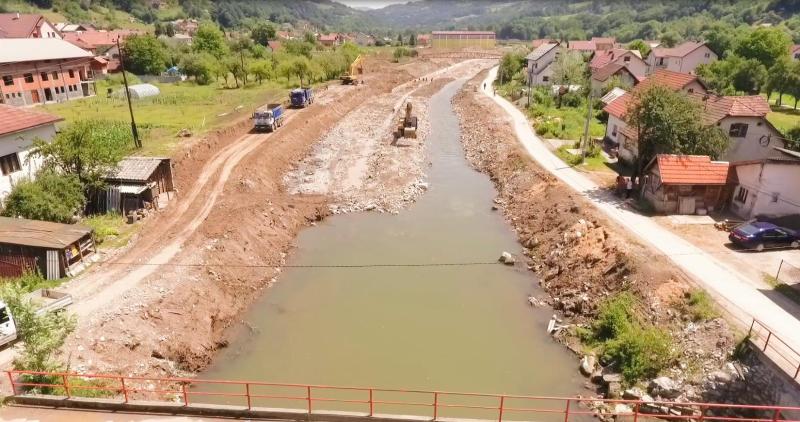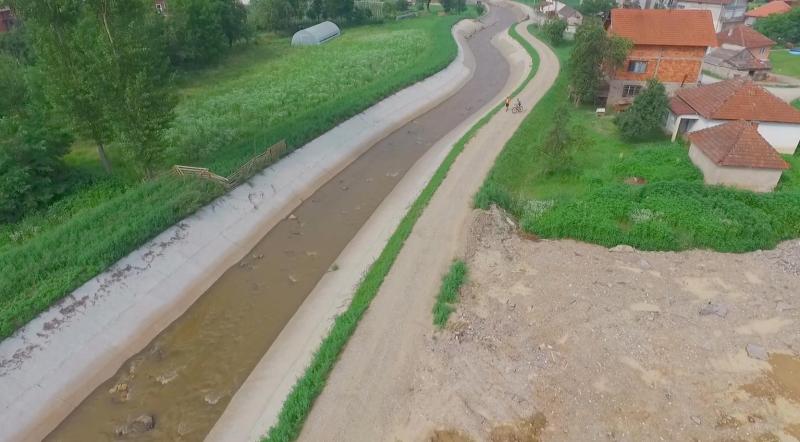After the devastation of 2014, Bosnia and Herzegovina flood protection gets an upgrade.
The heaviest rain in recorded history hit southeastern Europe in May 2014. Serbia and Bosnia and Herzegovina suffered most. “My parent’s home was completely flooded”, says Sasa Miric. “The water inside our house was almost a meter high.”
Miric was among 1.6 million people affected by the floods in these two countries. It was the second time massive floods hit Bosnia and Herzegovina since 2010. More than 100,000 people were affected—with 33,000 evacuated from their homes, 35,000 residential houses and buildings and almost 90,000 hectares of agricultural and construction land inundated. Total damage was close to EUR 1 billion.
“It was horrible. People lost their houses, crops, livestock,” remembers Miric, who still lives close to Bijeljina, a city in the Republic Srpska entity of Bosnia and Herzegovina.

“We are working very hard so that this never happens again”, says Slavisa Savic, Assistant Director of Vode Srpske, a public institution that manages water and public water resources in Republic Srpska. “Embankments along the River Sava were constructed before World War II and slightly upgraded in the 1980s, but now we are determined to repair the damage and upgrade our flood prevention system.”
Investing in safety
The European Investment Bank is helping Republic Srpska with a EUR 55 million worth loan for emergency reconstruction of flood protection facilities along the Sava and its tributaries. The goal is to safeguard the agricultural, industrial and housing areas prone to floods and to allow for stable future development. The investment also supports the EIB’s Economic Resilience Initiative, which aims to improve the preparedness of the Western Balkans region for future shocks to its economy.
The project includes the rehabilitation of 78km of dikes and 163 km of channels, as well as construction of additional flood prevention measures. “Out of 93 planned components of the project, 75 of them have already been completed”, says Savic. This means that 53 municipalities affected by the 2014 floods now have more reliable flood protection facilities.µ
The Western Balkans Investment Framework also contributed a EUR 7.38 million EU grant to support the local authorities in Republic Srpska to prepare and implement immediate flood protection measures and facilities including:
- rehabilitation of river dykes, channels, river banks, small bridges
- replacement and upgrade of pumping stations
- preventive measures including erosion protection, flood risk mapping and management plans, flood protection and early warning systems.
The Investment Framework technical assistance support included feasibility studies, detail designs, assistance with tendering, project management/construction supervision, as well as the preparation of flood hazard and flood risk maps for the entire Bosnia and Herzegovina.

Stopping history repeating itself
Miric, who also works in the press office of Vode Srpske, took many photographs of the affected areas during the last floods. He hopes the apocalyptic scenes shown in his photos will never repeat again.
“It’s encouraging to see the project progressing and how much of a difference it will make,” he says. “Recently, I went to the see how the widening of Drinjaca’s riverbed was going and I was amazed. I think that after the works, it will be able to sustain to up to 20 times more water.”

The government is working on various other projects, which all have the goal of preventing floods on such a scale ever happening again. “We are, among other things, preparing flood risk and flood hazard maps of the country,” says Savic. “The plan is also to put an early warning system in operation for Vrbas River basin, which is exposed to recurrent flooding.”
“People can see the changes that are being made. I think it’s important that they also see that the government is resolute in its efforts to protect their wellbeing”, says Miric.
But, that’s why it is important to make long-term plans, says Savic. “We have to convince the present and future governments how important it is to invest in the upkeep of these facilities, so we are prepared next time – because there will be a next time.”

